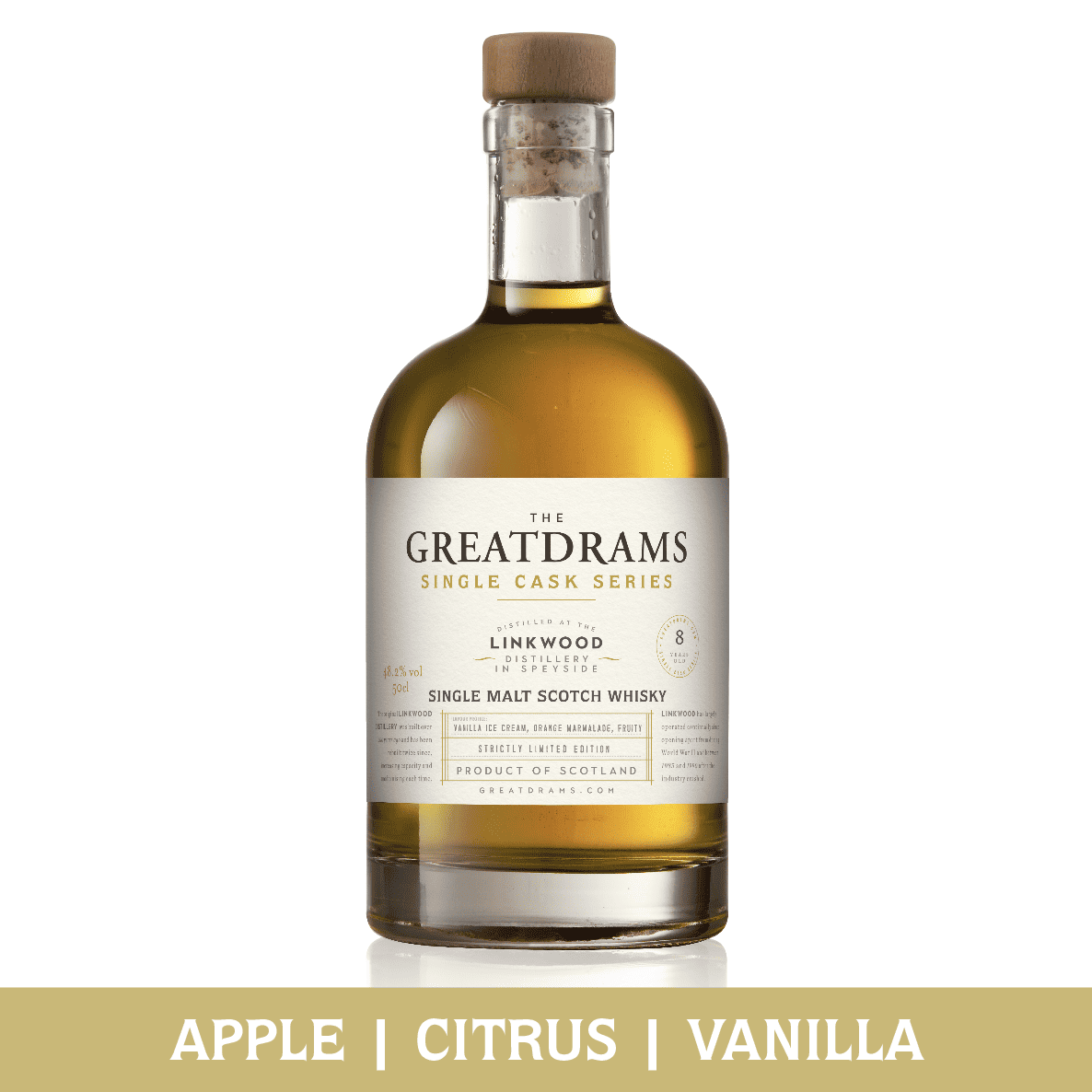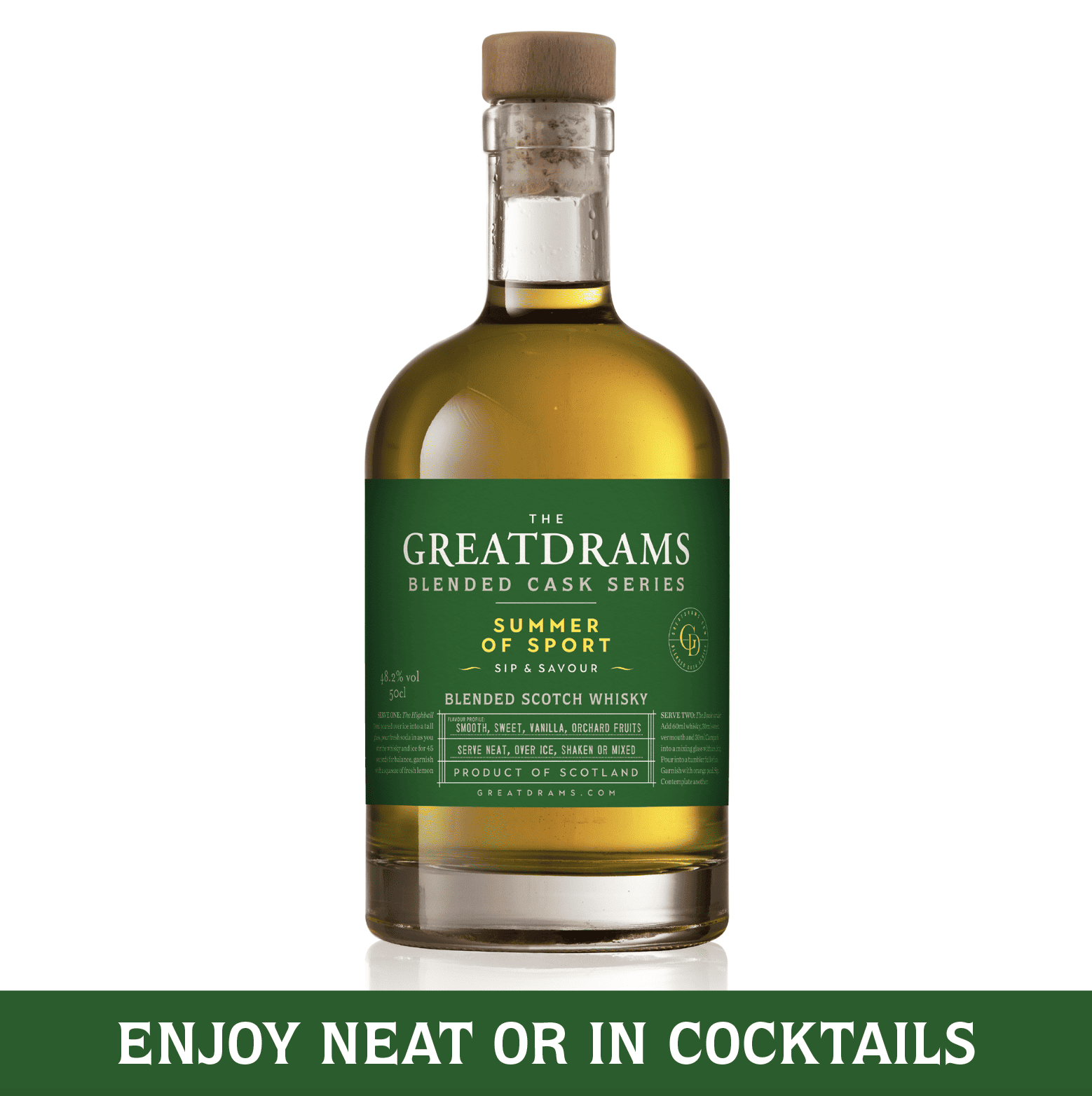5 Reasons why Islay Whisky is the most polarising part of the Scotch Whisky world
let’s begin
Islay Whisky is legendary across the Whisky world for its strongly peated malts. There are a total of 8 distilleries on the island, all of which produce peated malts to varying degrees.
It is also an island of controversy, with its reliance on peat coming into question. Some will argue it’s a Whisky haven, where the finest drams of the craft are made. Others take the stance that it’s limited in its focus on peat.
Let’s take a closer look at some of these arguments.
1. The peat is overpowering
Many Whisky fans find the peat in Islay Whisky malts somewhat overpowering. The island is famous for its thick, smoky drams, with the drying sensation of peat wrapped up in a wide variation of other flavours. However, for many drinkers, this is not ideal, and the peat is the over-riding flavour. Whisky is a complex drink, with a lot going on. For some, the presence of such a big flavour can be off-putting.
2. These malts are not as complex
This brings us into our next point, which is the fact that drams with such an overbearing quality can sometimes seem less complex. When peat takes over, as some may taste, it can downplay the other flavours. Obviously the counter argument to this is that Islay Whisky malts are richly complex. The peat itself has nuances and a range of flavours. But for some, it is too big and bold to be properly deciphered.
3. They are all the same
To make this argument, one would have had to try a lot of Islay Whisky malts to make their case. Of course it is simply not true that all Islay malts are the all same, but for people with a dislike to peat it can be hard to see beyond it. Peat is a big flavour, even when used in small doses, and it only becomes more obvious when you don’t like it. Therefore, it becomes the main flavour wherever it may be.
4. Too much focus on peat
It can also be argued that the island has too much of a focus on peat. Not every distillery will use peat to the same extent. Several produce malt with little or no peat, they all interact with it in some capacity. To some critics, this might come across as somewhat limiting. But again, peat is wonderfully nuanced in itself. The variation of malts that use it only go to show all the different things that can be done with it.
5. Peat is too bold
The biggest argument against using peat, as made by Stuart Hendry, Brand Heritage and Commercial Manager at Glengoyne, is that it is simply too bold. It is undeniable that peat is a big flavour, it booms out of most malts and can be detected from nose to finish. For some, this is just too much Hendry makes the point that some prefer more subtle, complex Whiskies, where the flavours need to be drawn out, rather than hitting your taste buds immediately. Of course, this is an argument that can be again countered with the fact that peat has its own flavours.
Whatever your stance on Islay Whisky and its peated inhabitants may be, surely we can all agree that the best way to really know if peat is good or not is to sit down and enjoy a dram or two!
















9 thoughts on “5 Reasons why Islay Whisky is the most polarising part of the Scotch Whisky world”